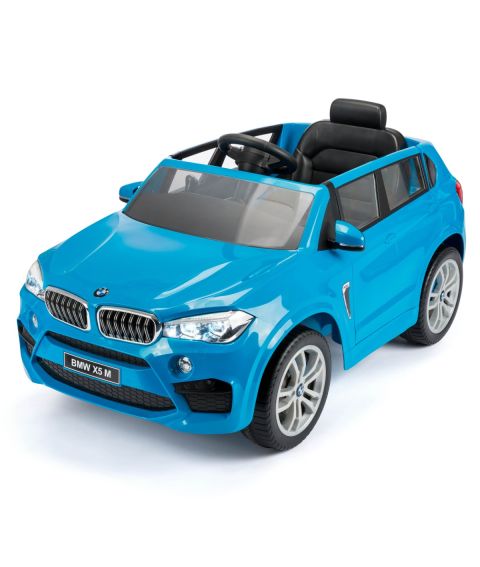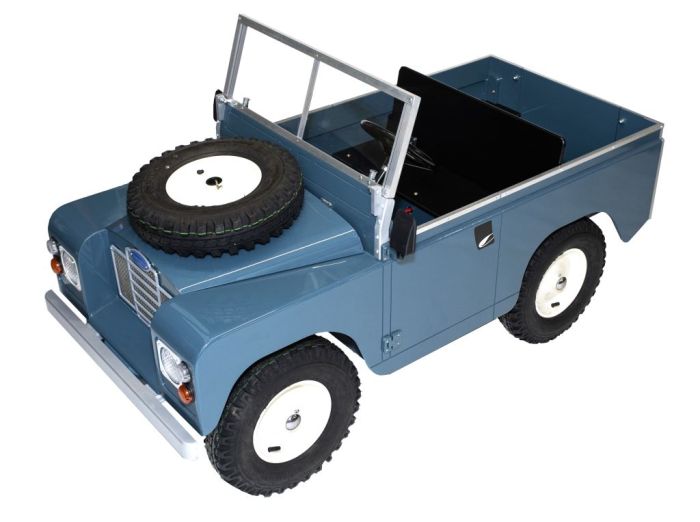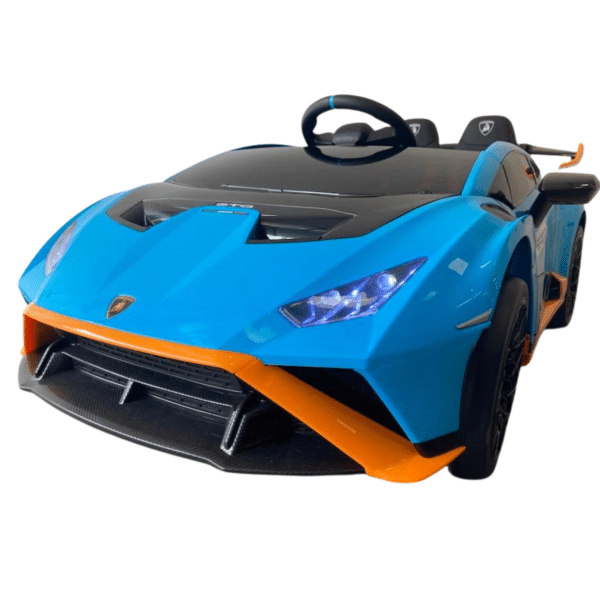Excellent Tips To Picking Ride On Toys
Wiki Article
What Ride-On Car Safety Features Should I Consider? What Are The Pros And Cons?
It is crucial to think about safety features when you are choosing a ride with your children. These features will help ensure that they are safe and comfortable while playing. Here are some important safety features to consider and their pros and cons Seat Belts -
Pros: Seat belts protect your child from the car ride-on, decreasing the chance of them falling out or getting thrown out in the course of play. They also provide an additional layer of protection, especially during turns or sudden stops.
Pros - Not all ride-on vehicles have seat belts. This includes the ones made specifically for children younger than. Also, some children feel that seatbelts are uncomfortably tight and uncomfortable. This may cause them to be reluctant to use them.
Sturdy Construction
Pros – A ride-on with strong construction and top quality materials is durable and resistant and can provide security and security for a long time. It is able to withstand the challenges of playing and offer stability.
Cons - Strong construction can be costly that makes it prohibitive for certain families. The heavier materials used may reduce the mobility and maneuverability.
Low Center of Gravity -
Pros: Ride-on vehicles with a low centre of gravity are prone to a less chance of tipping over. This reduces the chance of an accident or injury. They are more stable and provide better stability during turns or maneuvers.
Cons - Some rides-on-cars with lower centers of gravity could hinder their off-road capabilities or clearance from the ground. This limits their versatility in certain conditions.
Remote control for parents'
Pros: Remote-controlled vehicles give parents the capability to supervise and monitor their children's activities, giving an extra layer of supervision and safety. Parents can intervene during emergency situations, navigate tricky terrains, or avoid collisions.
Cons Parents who control their children's remotes could limit the autonomy and independence of children since they depend on parental support and supervision in play. As well, some remote-controlled vehicles may cost more than manual versions.
Speed Limiters
Pros: Ride-on vehicles with speed limits or variable settings for speed allow parents control the maximum vehicle speed which reduces collisions and accidents. They can gradually increase the speed as the child gains confidence and skill.
Cons - Some kids might become bored with the lower speeds quickly, causing frustration and dissatisfaction. Some models may not have speed limiters, or require additional options or features.
Safe Start Technology -
Pros - The ride-on vehicle is engineered to start and stop smoothly. It reduces the chance that the child will be startled or become unstable. It gives a more relaxed and safer ride.
Cons - Models that include the safe start feature may be more expensive than models that do not. In addition, some kids may feel that the gradual acceleration and deceleration to be less thrilling or exciting than quick stops and starts.
Visibility Enhancements
Pros - Ride-on vehicles equipped with visible enhancements, such as functioning headlights, reflective materials or taillights, increase the visibility of the vehicle. This is particularly true in dark or dimly lit areas or conditions. They improve security by making the car more visible to pedestrians or vehicles.
Cons: Visibility improvements can drain the battery more quickly or add complexity to the ride-on car's design and increase the chance of maintenance or malfunctions.
When you consider these safety features, and weighing their pros and cons, you can select a ride-on car that prioritizes your child's safety and provides an enjoyable and fun play experience. Check out the recommended ride on toys for more examples including electric ride along car, electric toy car, childrens digger, two seater electric cars, toy with car, remote control childrens car, pedal car, childs ride on car, ride ons, race car toy and more. .

How Can Kids Car Models Be Used Outdoors And Indoors?
The cars for children are designed with specific features and attributes to fit different settings and use situations, whether indoors or outside. These models differ in their designs. in indoor Use Cars -
Weight and size cars that are designed for indoor use tend to be smaller and lighter which allows them to maneuver more easily within tight areas like living rooms, hallways or playrooms. They're small enough to maneuver around narrow passageways and corners without causing damage to walls or furniture.
Low Ground Clarity - Indoor vehicles have low clearances so that they don't get stuck, or snagged, on obstacles, such as carpets, rugs or thresholds. This allows for smooth and uninterrupted mobility over indoor surfaces.
Smooth Wheels. The majority of cars that are indoor feature wheels made of materials that are smooth, like plastic or rubber. These wheels offer better grip and traction when used on smooth surfaces, like laminate flooring, hardwood floors or tile. These wheels are designed for indoor use in order to minimize noise, and ensure that surfaces are protected from scratches.
The limited speed of cars used for indoor use usually have reduced maximum speeds in order to provide that they are safe and controlled in restricted spaces. This prevents accidents and collisions with furniture, walls, or other obstacles commonly found indoors.
Outdoor Use Cars -
Built to Last - Vehicles made to be used outdoors are constructed with durable materials such as hard plastic or even metal that can withstand rough handling and outdoor elements such as sunlight, moisture and temperature fluctuations. They are more durable against wear and tear resulting from exposure to the elements.
Increased Ground Clearance: Outdoor-use vehicles are equipped with a greater level of ground clearance for navigating uneven terrain or bumps encountered when driving outdoors. They are able to traverse rough surfaces such as pavement, gravel or grass without getting damaged or stuck.
Traction Tires-The tires on cars designed for outdoor use often feature treads that help give better traction or grip on slick or uneven surfaces. This gives you stability and control when driving in the outdoors, and prevents sliding or sliding.
Weather Resistance - Outdoor usage vehicles may include weather-resistant elements such as sealed electronics, waterproof casings, or rust-resistant materials that protect against environmental damages and moisture. The car is able to be subjected to mud, rain, and puddles, with no performance loss.
Higher Speeds - Cars for outdoor use generally feature higher top speeds in order to accommodate wide spaces and longer distances that are common in outdoor environments. This can provide a more thrilling and adventurous experience to children exploring outdoors.
Parents can pick a car for their children that meets their needs, indoors or out, by considering the features and design. This will ensure a fun, safe and long-lasting play experience. Have a look at the recommended read more about Audi ride on car for website tips including car on ride, toy car toy car, toy the car, electric car ride, electric rideons, toy in car, car toy car toy, ride ons, electric toy car, car toy toy and more. .

What Are The Remote Control Childrens Cars Available? What Are The Advantages And Disadvantages?
Remote control children's cars are also known as remote controlled vehicles or RCs. They come in a variety of designs, prices and sizes to meet every budget and preference. Here's an overview of the varieties, sizes, costs along with pros and cons of remote control cars for children Different types of remote controls for Children's Cars -
Electric RC Cars – Batterie-powered remote-controlled vehicles that can be used for both outdoor and indoor use. They are available in many styles, including trucks, buggies, and sports cars.
Nitro RC Cars - Gas-powered remote-controlled cars that offer higher speeds and performance but require more maintenance and expertise to operate. They're bigger and typically cost more than electric RC Cars.
Scale Models (Remote-controlled replicas) - These are miniatures of real-life vehicles like cars, trucks or planes. Scale models vary from 1-10 to 1-24, with the larger scales offering more detail.
Sizes -
Remote-controlled children's cars are available in various sizes, from small micro-sized models to large-scale replicas. The size and weight of the vehicle will impact its performance.
Micro-sized vehicles are small and light, and therefore suitable for indoor use and play by children who are younger. The larger cars have more power and durability and are perfect for off-road and racing in the outdoors. driving.
Prices
Prices for remote-controlled children's cars may vary based on features, brand and quality.
Small electric and nitro powered cars for RC are available in sizes ranging between $20 and $100.
Models and high-end hobby RC automobiles cost anywhere from a few hundred dollars to over 1000 dollars, depending on the amount of detail.
Pros and Cons
Pros -
Remote Control Children's Cars - These cars are great for entertainment. They are able to be used by both children and adults.
Skills Development. The operation of a RC vehicle allows children to develop hand-eye-coordination spatial awareness, problem-solving and spatial abilities.
Social Interaction - RC vehicles are fun to play with family and friends, and encourage social interaction and cooperation.
Customization - Many RC cars can be customized using aftermarket upgrades parts and accessories that boost performance and aesthetics.
Cons
Costs - A premium model that comes with the latest features could cost a lot, particularly for hobby grade models.
Learning Curve - Operating an RC vehicle requires practice and skills, and younger youngsters may be unable to master the controls at first.
Maintenance - Vehicles with RC engines require regular maintenance. This includes cleaning, lubrication, as also periodic repairs and part replacements.
Safety Issues - RC vehicles are prone to danger when they are not used safely under the supervision of an adult. They may cause accidents, fall hazards and electrical dangers.
Overall, remote controlled children's cars offer a thrilling and educational experience for kids of all ages, however it's important to think about aspects like the size, price features, safety, and size when selecting the appropriate car for your child. Hobby-grade RC cars may be more appropriate for older children and avid users, whereas simpler models are best for young kids and novices. Have a look at the recommended Mercedes ride on car kidscars.co.uk advice for more advice including childrens electric cars, electric two seater cars, kids electric cars, two seater childrens electric cars, digger ride, pedal car, car on ride, toy car, ride on toy, toy with car and more. .
